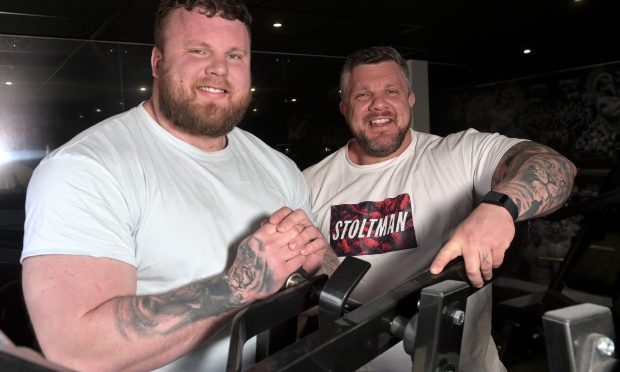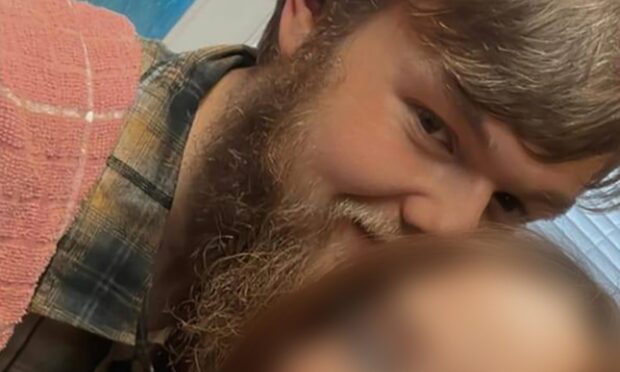A senior doctor has been accused of leaving a patient “flinching“ in agony as he carried out an intimate examination on her at a hospital pain relief clinic.
Dr Devjit Srivastava, 48, left the woman in so much discomfort she begged him to stop saying: ‘you’re hurting me, please stop, you’re not in the right place, stop,’ it was alleged,
The consultant in anaesthesia had failed to wear surgical gloves for the examinations and did not offer a chaperone to be present, it was said. He was reported to the General Medical Council after complaints from two women known as Patient A and Patient B.
The Medical Practitioners Tribunal Service in Manchester was told the alleged incidents occurred in 2013 whilst Srivastava was working in the chronic pain unit at the Raigmore Hospital, Inverness.
Counsel for the GMC Miss Kathryn Johnson said Patient A had been referred there by her GP following a a hysterectomy in 2011 and she met with Srivastava in March 2013.
Miss Johnson said: “On the day of her appointment she attended with her father. He came into the consultation room with her and there was, according to Patient A, a 15 minute consultation. She recalls that he said he would try and help her with pain relief and said he wished to examine her and at that point her father left.
“She was asked to get undressed and lie on the couch and was told he was going to use a probe to see whether she reacted with pain before doing an internal examination. She did this and Dr Srivastava came from behind the screen to begin the examination. According to Patient A there was no discussion about whether she required the presence of a chaperone.
“She expected one would be present whenever she had an internal examination. She didn’t feel at that time comfortable or confiment enough to raise it with him. Dr Srivastava began the examination by touching her with a probe, it didn’t feel to Patient A that he was wearing gloves.
“She was unable to feel any friction from the gloves, something she had experienced previously. He then pressed hard with his hands and she said this was very painful. He didn’t conduct an internal examination which was a surprise because she had explained to him that the pain she was experiencing was internal.
“She felt he was examining her in the wrong place and so asked him to stop. She told him more than once that the examination was hurting her and that she did wish the examination to stop because of the pain and because she felt he was examining her in the wrong place.
“She described at one point the pain being so bad that she physically flinched with the pain. Dr Srivastava continued with the examination saying nothing to her by way of reply to what she was saying or giving her an explanation and it felt to her that it lasted an unusually long period of time.
“Once the examination concluded there was no further discussion or consultation with her which Patient A thought was strange and unusual, she was given no explanation of his findings.
“Patient A wanted the consultation to be over and so she got dressed and left the room. She met up with her father outside but didn’t tell him about the experience.
“She sent a message to her partner and said something had happened. A short time later that day she told her daughter and then in the following few days spoke to her partner and daughter about the examination that had taken place.
“Patient A complained to her daughter almost immediately about the nature of the examination and her concerns about the appropriateness of it. She collected her from college that afternoon and they spoke about the appointment at the clinic.
“Patient A complained to her daughter about being in more pain as a result of the examination. She described to her daughter that it was unlike any examination she had previously experienced and that she had been aware that the doctor hadn’t been wearing gloves. In addition there was no chaperone present. She told her daughter that she had told Dr Srivastava that he was examining her in the wrong place.
“Patient A’s daughter felt unable to make a complaint on her mother’s behalf because she was at that stage a trainee nurse and felt uncomfortable criticising a consultant.”
Patient B had a consultation with Dr Srivastava in May 2013 after being referred through her GP following a long history of pelvic pain. She went with her husband but he waited in the waiting room for her. An initial consultation took place where her medical history was discussed and then, again, Dr Srivastava asked her to remove her lower clothing and lie on the couch.
Johnson said: “Patient B recalls that he said at that point he was going to lock the door so no one could walk in and she couldn’t see him do that as the curtain was drawn but she heard him lock the door.
“It’s Patient B’s recollection that there was no discussion about whether a chaperone should be present and she was concerned she was not offered a blanket to cover the lower part of her body. She didn’t feel able or comfortable to say anything to him about these maters as she wanted the examination to be over as quickly as possible.
“The examination started with him pressing on her stomach asking where the pain was. Patient B didn’t recall seeing the doctor with gloves on or dispose of them afterwards. Patient B said that he said very little to her, just asking once or twice where he was touching was painful.
“She got dressed and Dr Srivastava told Patient B that she might be suffering from nerve pain and suggested some injection might help. Then he unlocked the door and she left, met her husband outside and told him the examination had been horrible in her words.
“She then, a short time later, underwent a similar examination at the hospital and realised that there were significant differences between that and the one done at the hands of Dr Srivastava.
“Dr Srivastava denies the key aspects of the evidence from Patient A and Patient B.”
Srivastava denies misconduct. The case continues.










